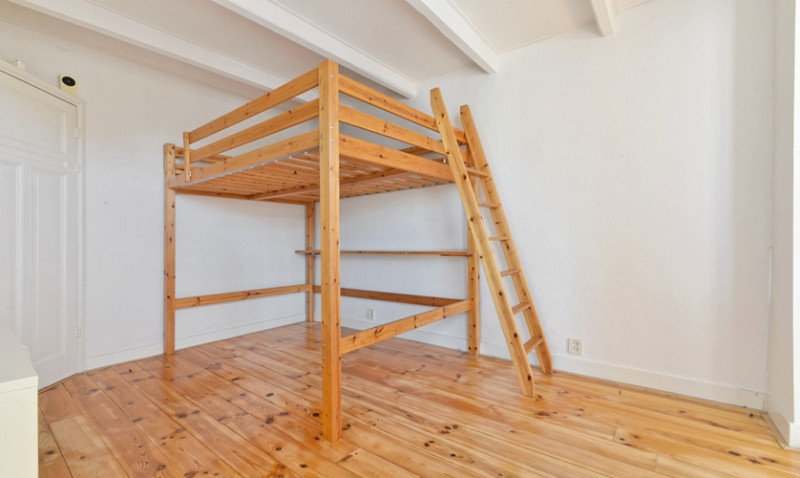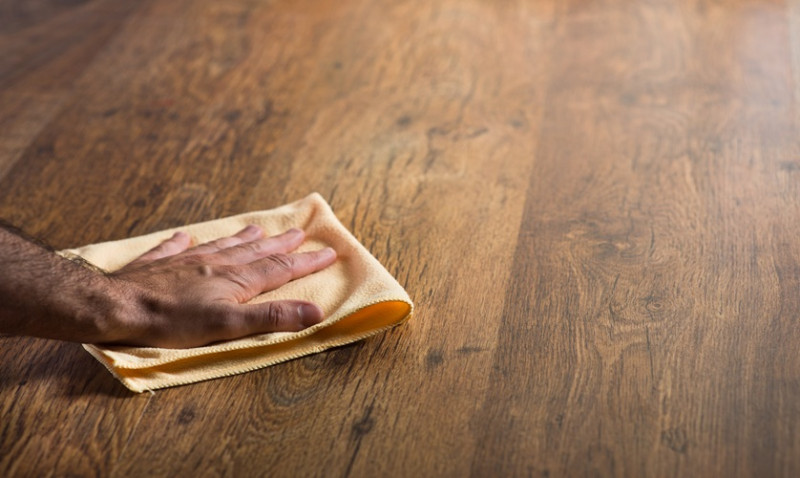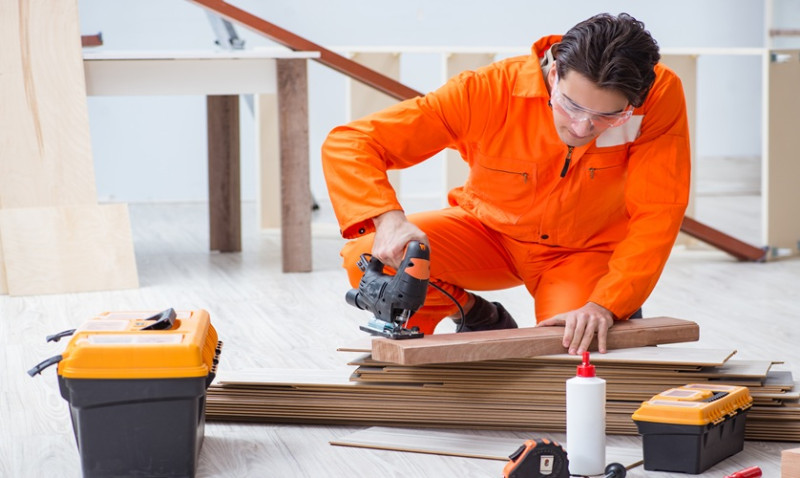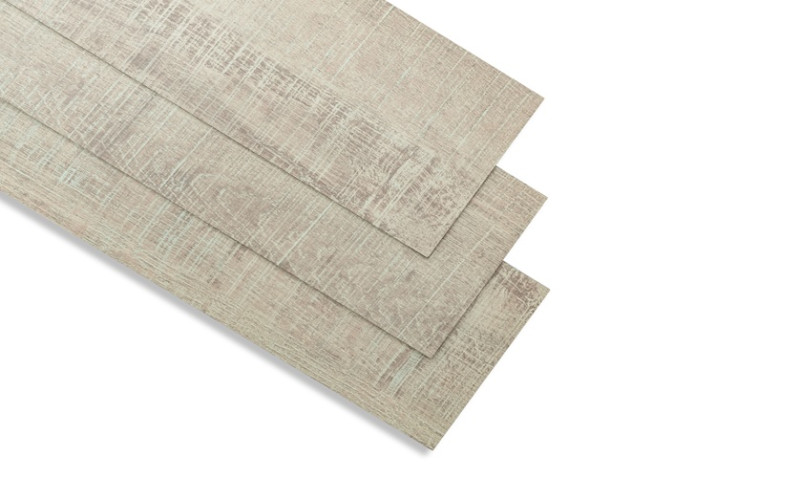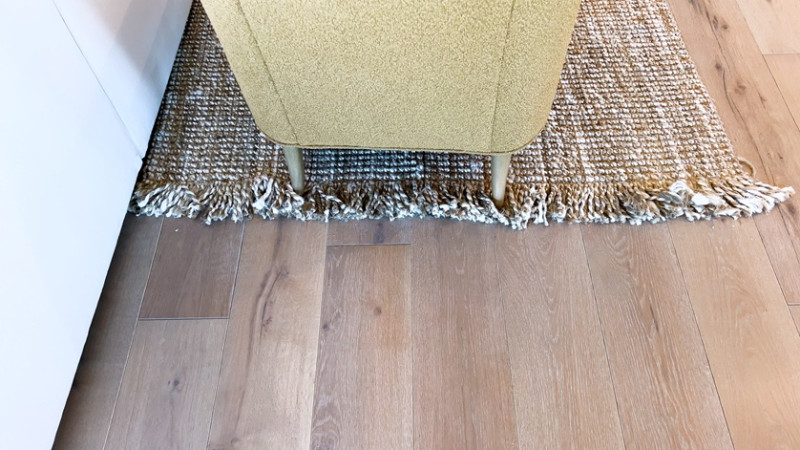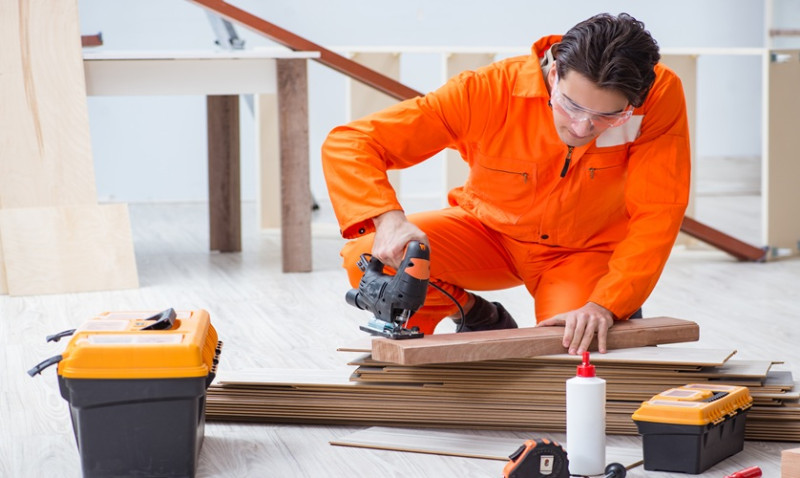
Hardwood and laminate flooring add elegance and charm to any home, but even the toughest finishes can fall victim to scratches over time. Whether it’s caused by a pet’s claws, a dropped object, or moving furniture, surface damage is unfortunately a common issue. The good news? You don’t always have to call in the professionals or replace your flooring altogether. With a few simple tools and materials, you can repair visible damage quickly and effectively—often in under an hour.
One of the easiest and most cost-effective fixes for minor scratches is using a wood stain pen. Designed specifically for touch-ups, these handy tools can seamlessly blend scratches with your existing floor finish and restore your surface’s appearance with minimal effort. In this guide, we’ll walk you through when and how to use a wood stain pen to fix scratches on hardwood and laminate floors, along with some expert tips and tricks to ensure a professional-quality result.
Understanding the Types of Floor Scratches
Before you start the repair process, it's essential to assess the extent of the damage. Not all scratches are created equal, and identifying the type of scratch will help you determine the right approach and products to use.
Surface-level scratches—These are light marks that only affect the sealant or finish, typically caused by grit, furniture movement, or everyday wear and tear. A wood stain pen is often perfect for these.
Deeper gouges or dents—Scratches that dig below the surface layer into the wood or laminate structure may require filler, sanding, or even a plank replacement depending on depth and location.
Colour fade or dullness—This may not be a scratch per se, but colour mismatch or wear in high-traffic areas can also be improved using a matching stain pen.
Always clean the area and examine it in various lighting before jumping into repairs—you’ll get a clearer picture of what actually needs fixing.
What is a Wood Stain Pen?
A wood stain pen—also referred to as a wood touch-up marker or wood repair pen—is a type of marker filled with wood stain or finish, designed to quickly colour in scratches or scuffs on finished wood surfaces. They come in a variety of shades to match most common wood tones such as oak, walnut, cherry, mahogany, and pine.
These pens allow for targeted stain application without the mess of brush-on products. Once applied, the stain soaks into the exposed wood or fibreboard, helping hide damage and unify the look of the floor.
There are both solvent-based and water-based stain pens on the market. Solvent-based pens tend to offer better durability and colour penetration, while water-based versions are easier to clean and more eco-friendly—so choose based on your preference and floor type.
Tools and Materials You’ll Need
To tackle scratch repair using a wood stain pen, gather the following tools and materials before starting:
- Wood stain pen (choose a colour as close to your floor as possible)
- Soft lint-free cloth or paper towel
- Fine-grit sandpaper (optional for rough edges)
- Wood filler (for deeper scratches)
- Protective gloves (optional)
- Warm soapy water or floor cleaner
Tip: You’ll often find wood stain pens sold in multi-colour kits, which can be ideal if you're unsure of the exact match or have varying tones throughout your home.
Step-by-Step Guide: Fixing Scratches with a Wood Stain Pen
Ready to get started? Follow these simple steps to restore your floors like a pro.
- Clean the Area
Before applying any repairs, thoroughly clean the scratched area to remove dust, dirt, and oils that could interfere with stain absorption. Use a damp cloth or floor-safe cleaner and let the surface dry completely. - Test the Colour
Find a hidden spot—like behind a radiator or under furniture—and test the wood stain pen. This step ensures the colour blends well with your flooring, helping you avoid any unwanted mismatches. - Apply the Stain
Carefully run the pen along the scratch, following the grain of the wood for a more natural look. Apply light pressure, and work slowly to avoid over-staining. You can always add more if needed—but you can’t easily take it away once it’s absorbed. - Wipe Away Excess
Use a soft, dry cloth to gently buff the area and remove any leftover stain on the surface. This helps blend the repaired section with the surrounding wood while preventing a sticky build-up. - Repeat If Needed
Allow the stain to dry for a few minutes, then inspect the repair under natural light. If the scratch is still noticeable, repeat the application until you achieve the desired look. Some scratches may require two or more rounds for full coverage.
Tips for Achieving the Best Finish
Here are a few professional techniques to ensure your repair is as smooth and natural as possible:
- Use multiple shades: If your floor has complex grain or a multi-tonal finish, layer different pen colours for added depth and realism.
- Don’t rush the drying time: Most stain pens dry quickly, but give it at least 10–15 minutes before applying a second coat or walking over the area.
- Blend with existing grain: Try mimicking the grain direction and texture as you apply the stain. This will make the repair less noticeable from different angles.
- Finish with polish or wax: Once the stain is dry and even, buff the area with a little floor polish or wax to restore shine and protect the repair.
When to Use Wood Filler Instead
While stain pens are ideal for surface-level marks and cosmetic touch-ups, deeper damage where part of the wood or laminate is gouged out may require filler first. Wood filler smooths out the damaged area, allowing you to finish with a stain pen for colour matching.
Look for a pre-tinted wood filler or one you can stain after it dries. Once applied and sanded down, follow up with your stain pen to blend everything together. This two-step process is particularly useful in high-traffic areas like kitchens, hallways, or rental properties where durability matters.
Prevention Tips to Avoid Future Scratches
Of course, prevention is always better than cure. After fixing the scratches, you’ll want to keep your floors looking pristine for as long as possible. Here are some practical tips for UK homeowners and professionals alike:
- Use felt pads on the bottom of furniture legs
- Place rugs or runners in high-traffic areas
- Trim your pets' claws regularly
- Clean floors often using a soft-bristled broom or microfiber mop
- Avoid dragging furniture when rearranging rooms
Taking a few protective measures can significantly extend the life of your flooring and keep unwanted scratches to a minimum.
Final Thoughts
Fixing visible damage on your hardwood or laminate floors doesn’t have to be expensive or complicated. With just a wood stain pen and a few minutes of attention, you can restore your flooring's beauty and maintain the value of your home or space.
Whether you're a DIY home improver in Bristol, a young couple redecorating your flat in London, or a professional designer creating a polished finish for a client in Manchester, having a wood stain pen in your toolkit is a smart move. It’s an affordable, effective, and fast solution to an all-too-common flooring headache.
So next time you spot a scratch—don’t panic. Just reach for the stain pen.
